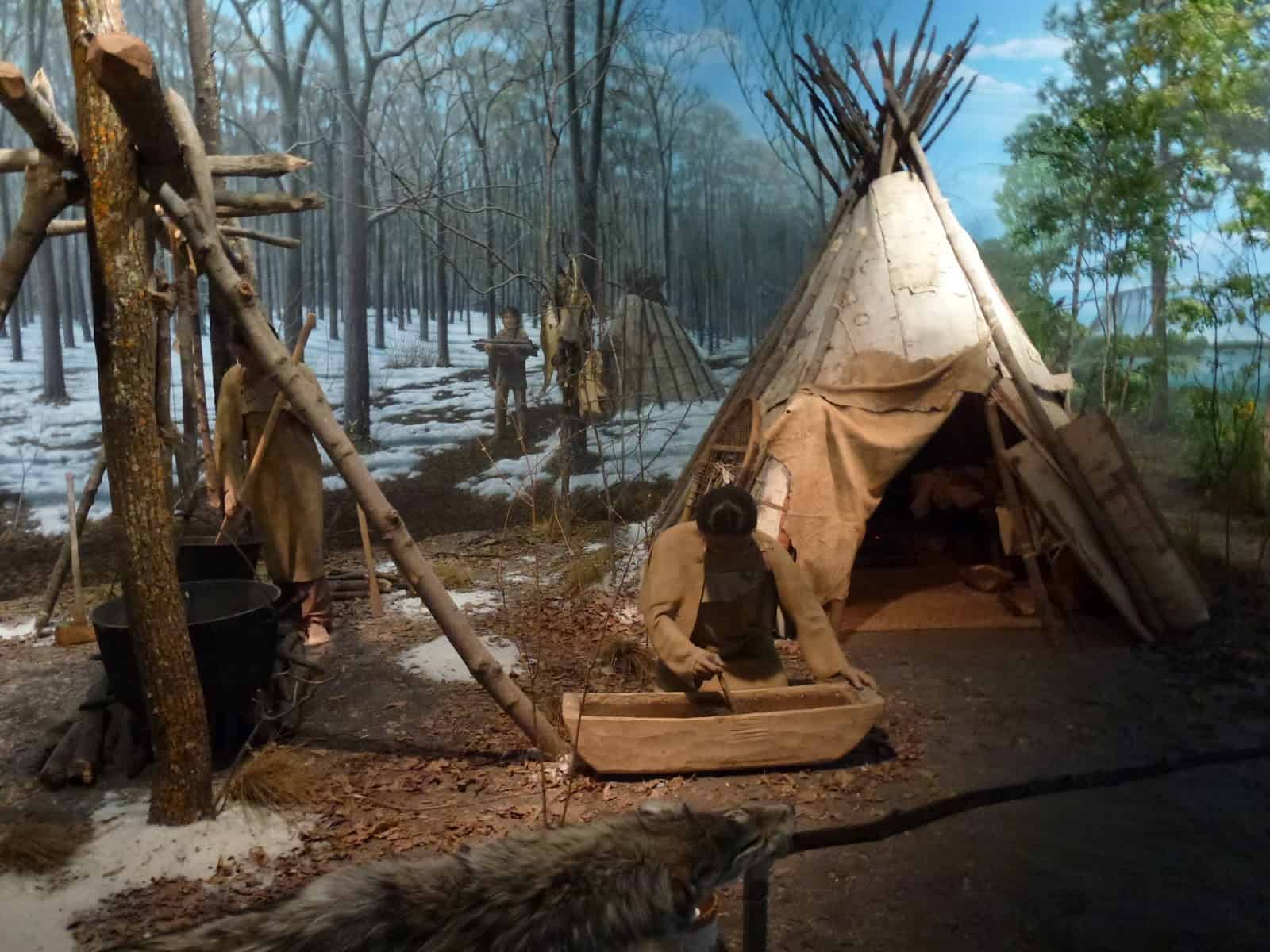Secrets Of Minnesota’s Mille Lacs Indigenous Camps

Have you ever wondered about the rich history behind Minnesota's Mille Lacs Indigenous camps? These camps hold stories of the Ojibwe people, who have lived in the area for centuries. Mille Lacs, meaning "thousand lakes" in French, is a beautiful region with deep cultural roots. The Ojibwe used these camps for fishing, hunting, and gathering, making them a vital part of their daily lives. Visiting these sites offers a glimpse into the traditions and lifestyle of the Ojibwe. Whether you're a history buff or just curious, exploring Mille Lacs Indigenous camps can be a fascinating experience.
Discovering Mille Lacs Indigenous Camps
Minnesota's Mille Lacs region is rich with history and culture, especially when it comes to the Indigenous camps that have existed for centuries. These camps offer a glimpse into the lives of the Native American tribes who have called this area home. Let's explore some of the most fascinating Indigenous camps around Mille Lacs.
1. Kathio State Park
Kathio State Park is a treasure trove of archaeological sites and historical significance. This park is home to several ancient Native American campsites, some dating back thousands of years.
- Archaeological Sites: Over 30 sites have been discovered, including burial mounds and village locations.
- Interpretive Center: Learn about the history and culture of the Dakota and Ojibwe tribes through exhibits and artifacts.
- Trails and Tours: Explore the park's trails that lead to these historic sites, often with guided tours available.
2. Mille Lacs Indian Museum and Trading Post
This museum offers a deep dive into the history and culture of the Mille Lacs Band of Ojibwe. It's a must-visit for anyone interested in Indigenous history.
- Exhibits: Features traditional clothing, tools, and artwork of the Ojibwe people.
- Trading Post: Offers authentic Native American crafts and goods.
- Workshops: Participate in hands-on activities like beadwork and birchbark crafts.
3. Vineland National Historic District
Vineland is a significant area for the Mille Lacs Band of Ojibwe, featuring several historic sites and cultural landmarks.
- Historic Sites: Includes ancient burial grounds and traditional gathering places.
- Cultural Events: Attend powwows and other cultural events that celebrate Ojibwe traditions.
- Community Center: Offers educational programs and resources about Ojibwe history and culture.
4. Father Hennepin State Park
Named after the French explorer, this park is another site rich in Native American history. It offers a peaceful setting to learn about the area's Indigenous past.
- Interpretive Programs: Learn about the Dakota and Ojibwe tribes through ranger-led programs.
- Historic Sites: Visit ancient campsites and learn about their significance.
- Nature Trails: Enjoy scenic trails that often lead to historical markers and informative signs.
5. Mille Lacs Kathio Archaeological District
This district is a designated National Historic Landmark, highlighting its importance in Native American history.
- Excavations: Ongoing archaeological digs reveal new information about ancient Indigenous life.
- Educational Tours: Guided tours offer insights into the archaeological findings and their historical context.
- Research Opportunities: Scholars and students can engage in research projects related to the site's history.
6. Onamia Area
Onamia, located near Mille Lacs Lake, is another area with rich Indigenous history. It offers several sites and activities that highlight Native American culture.
- Cultural Centers: Visit local centers that offer exhibits and programs about the Mille Lacs Band of Ojibwe.
- Historic Markers: Discover markers that tell the story of the area's Indigenous past.
- Community Events: Participate in events that celebrate Ojibwe culture, such as traditional dances and storytelling sessions.
7. Garrison Concourse
Garrison Concourse is a unique site that blends natural beauty with historical significance. It's a great spot to learn about the area's Indigenous heritage.
- Scenic Views: Enjoy breathtaking views of Mille Lacs Lake while learning about its history.
- Informative Signs: Read signs that provide information about the Indigenous tribes who lived in the area.
- Picnic Areas: Relax in designated picnic areas that offer a peaceful setting for reflection and learning.
Embracing Mille Lacs' Rich Heritage
Mille Lacs' Indigenous camps offer a unique glimpse into the rich history and culture of the region. Visiting these camps provides an opportunity to learn about the traditions, stories, and way of life of the Native American tribes who have called this area home for centuries. From the intricate beadwork to the traditional dances, every aspect of these camps tells a story of resilience and pride.
Exploring Mille Lacs' Indigenous camps isn't just about observing; it's about participating and understanding. Engage with the community, ask questions, and immerse yourself in the experience. This connection fosters a deeper appreciation for the land and its people.
Next time you plan a trip to Minnesota, consider adding Mille Lacs' Indigenous camps to your itinerary. It's a journey through time that enriches your understanding of the past and its influence on the present.

